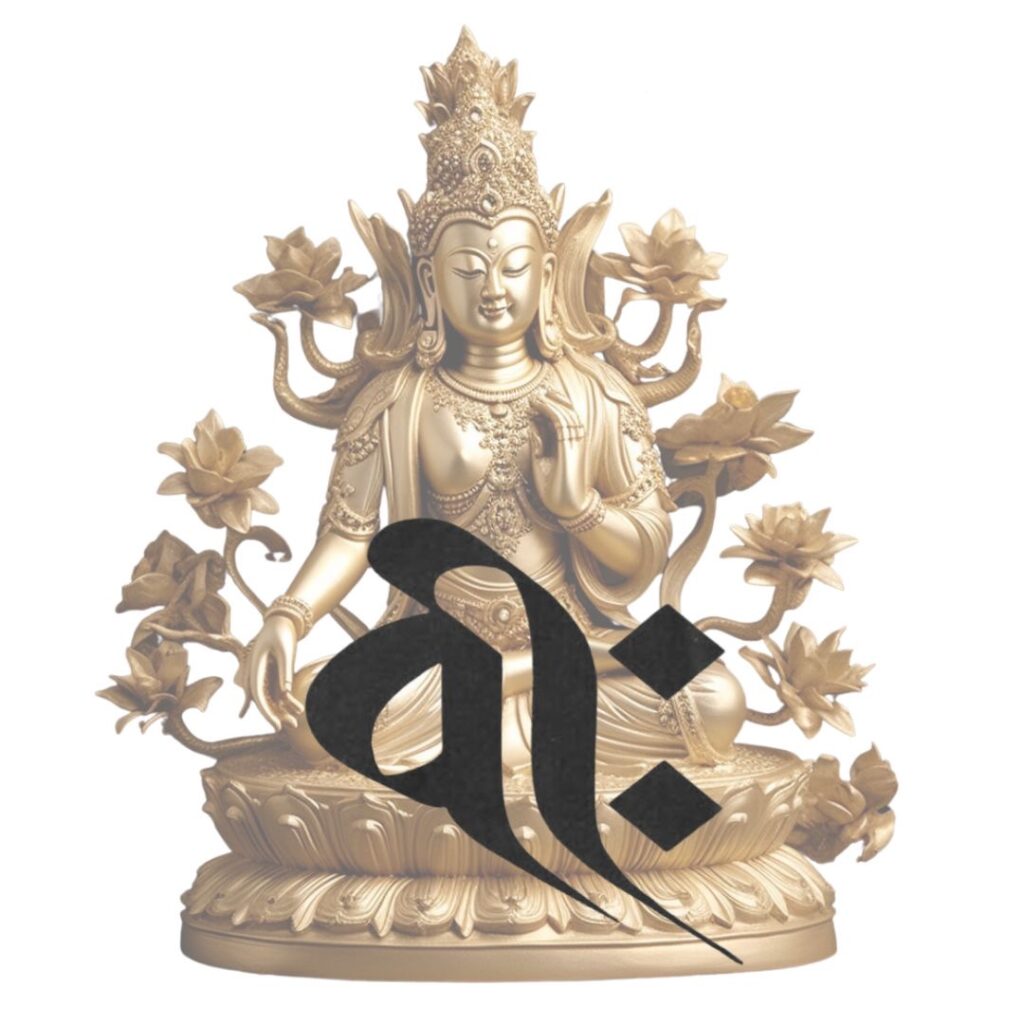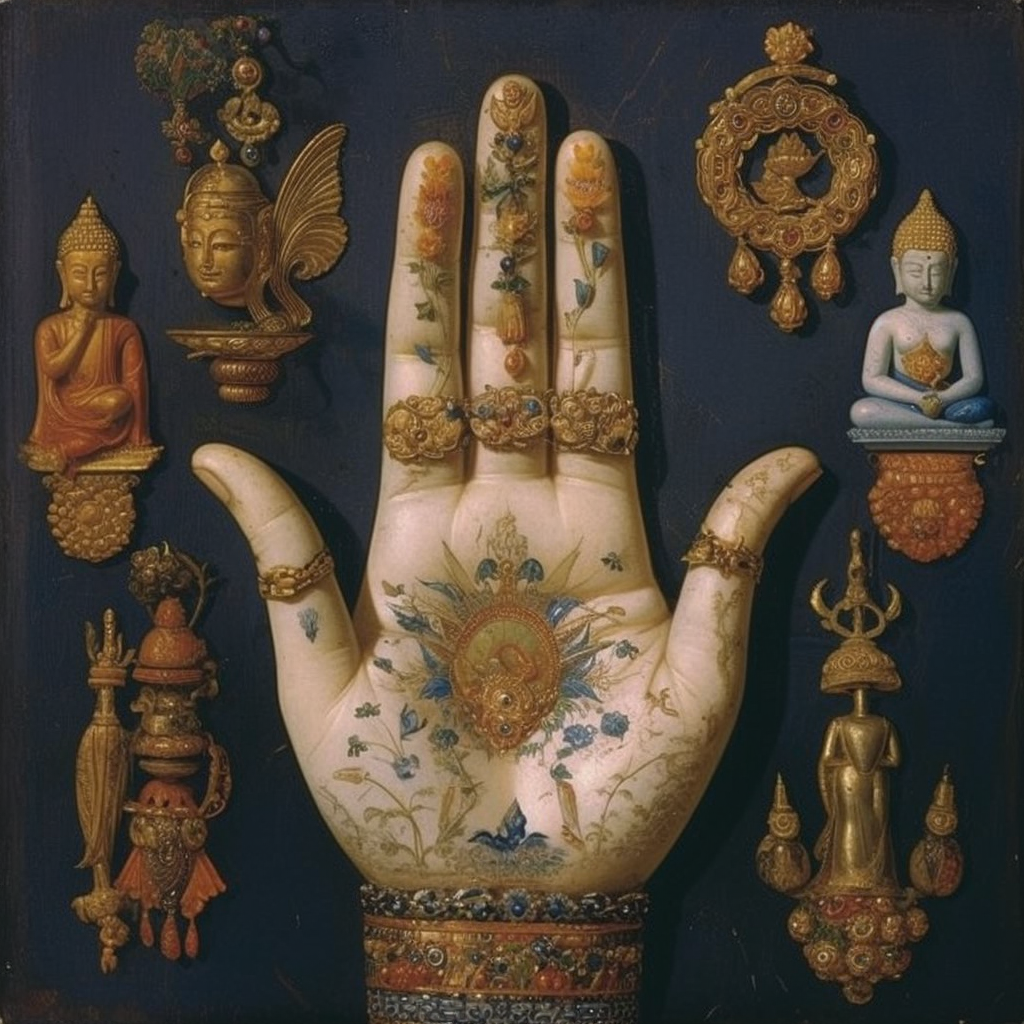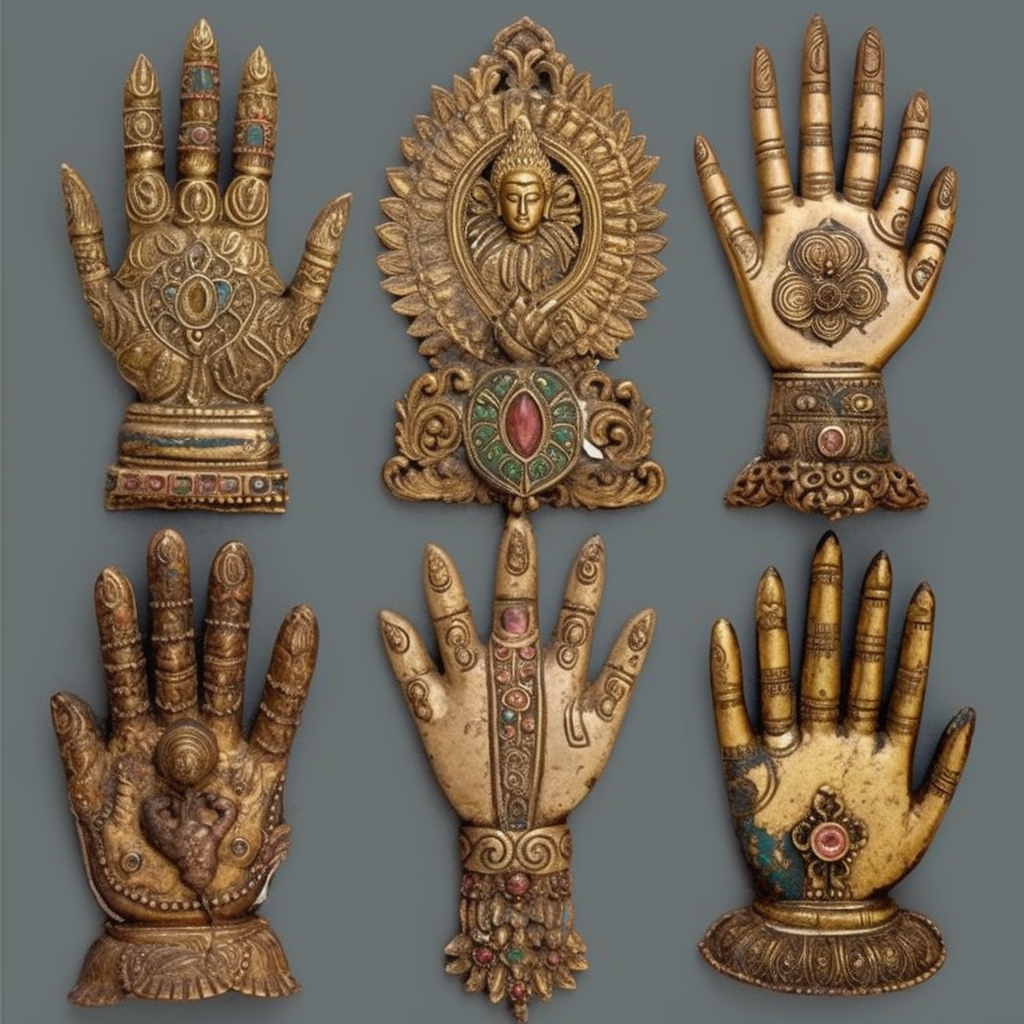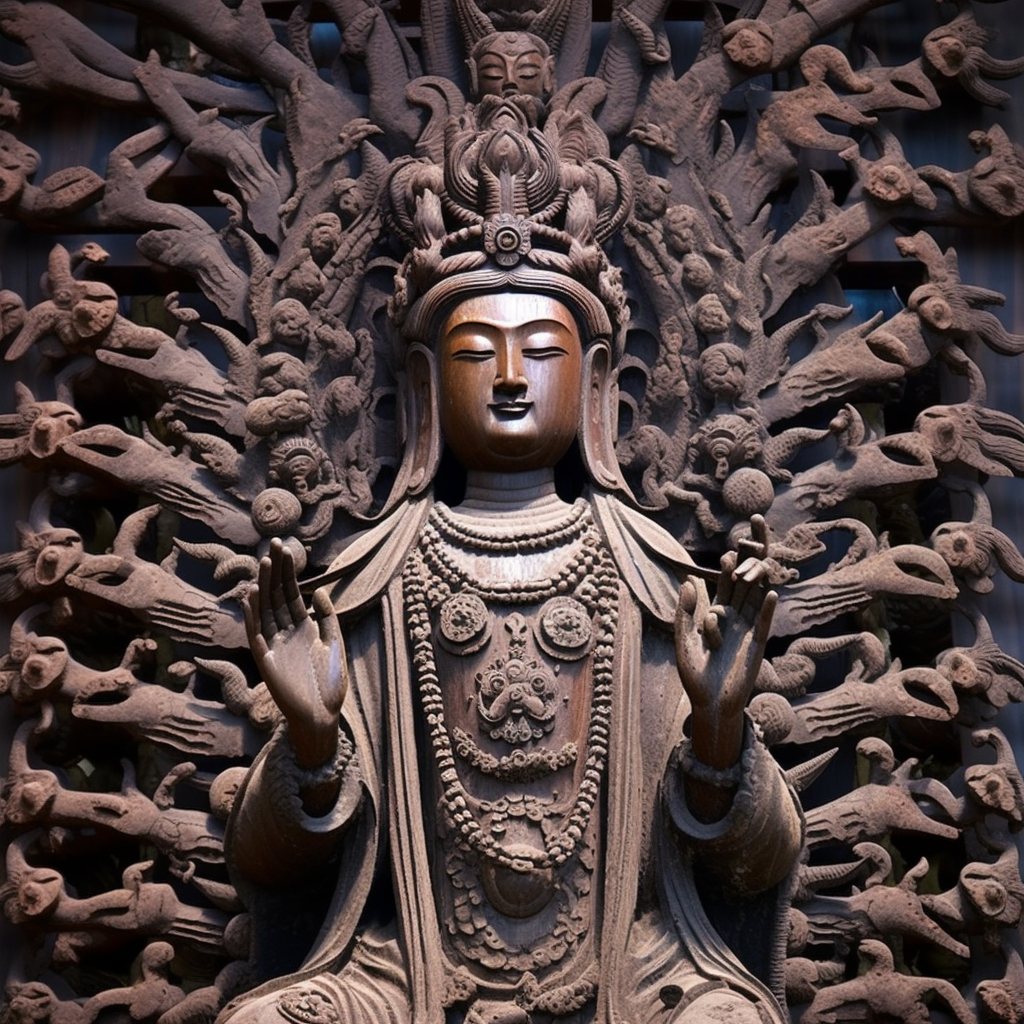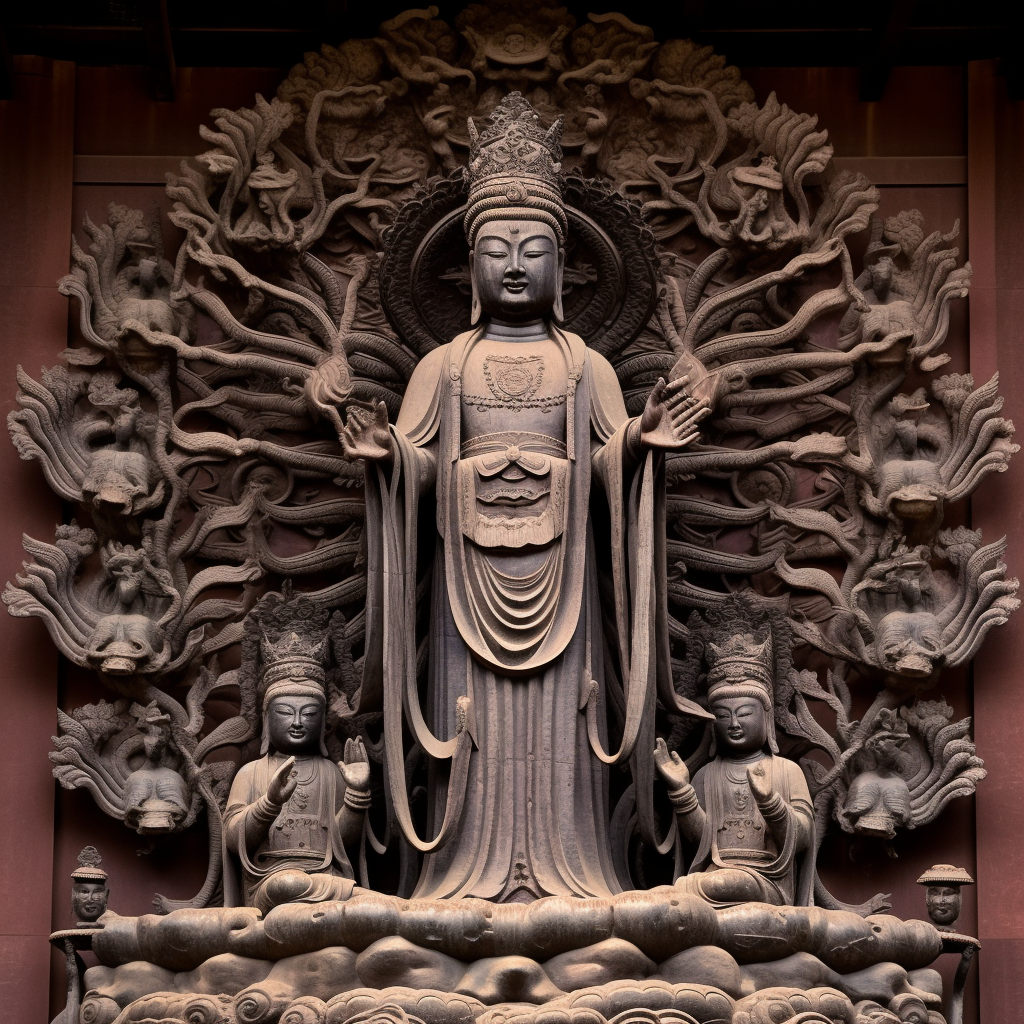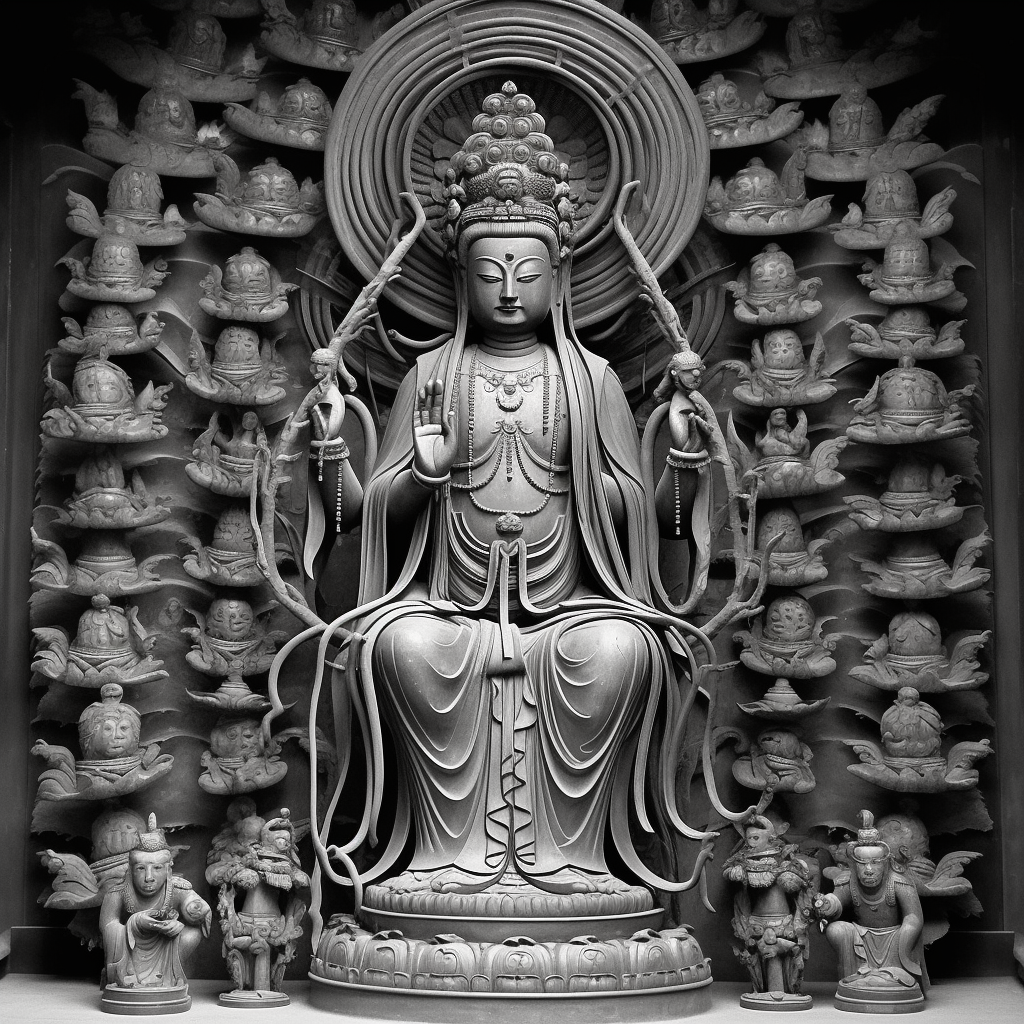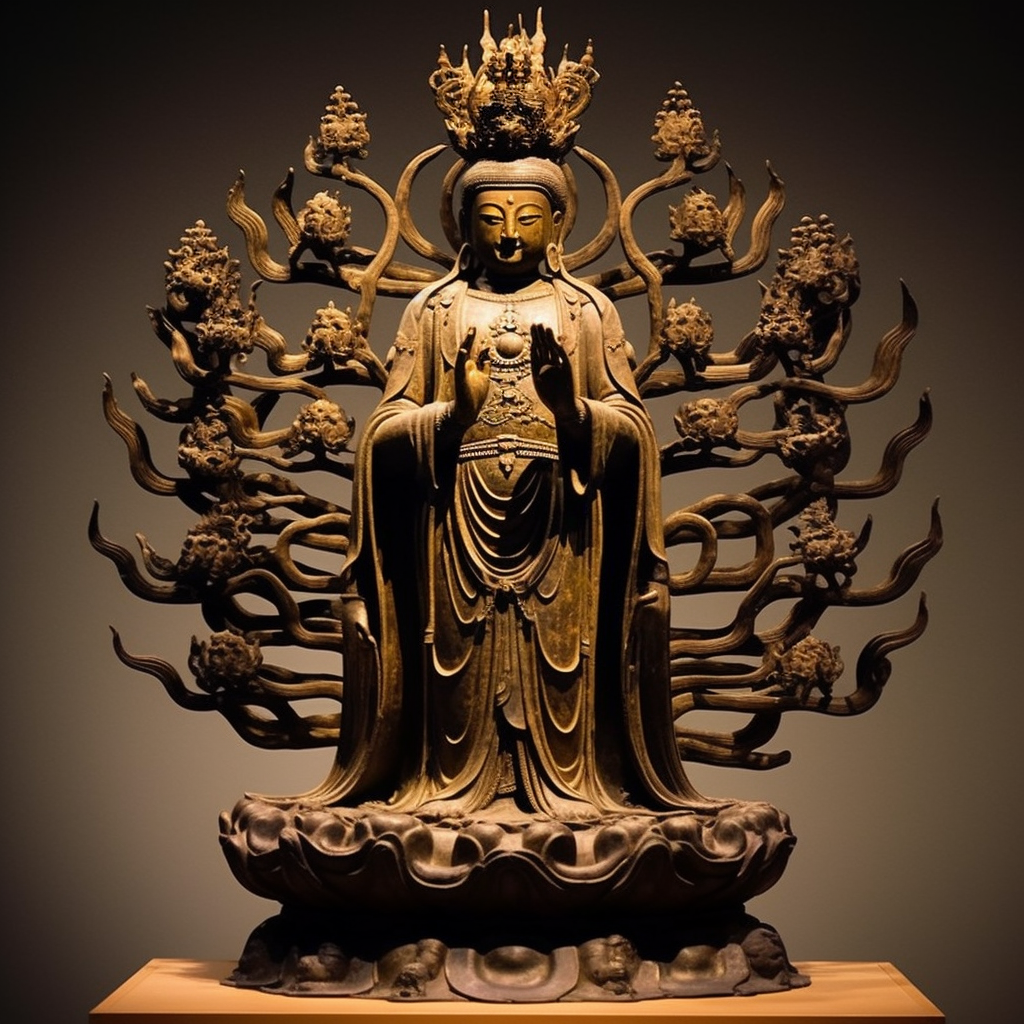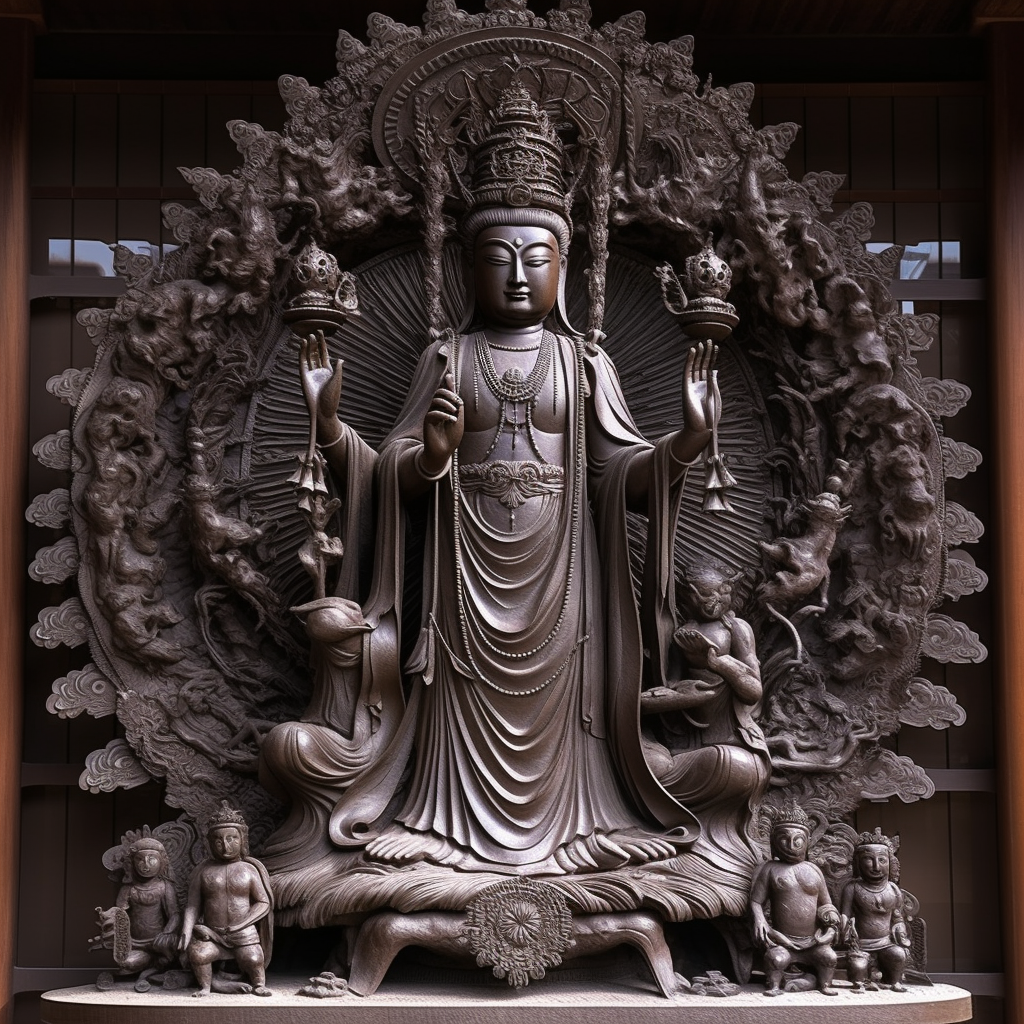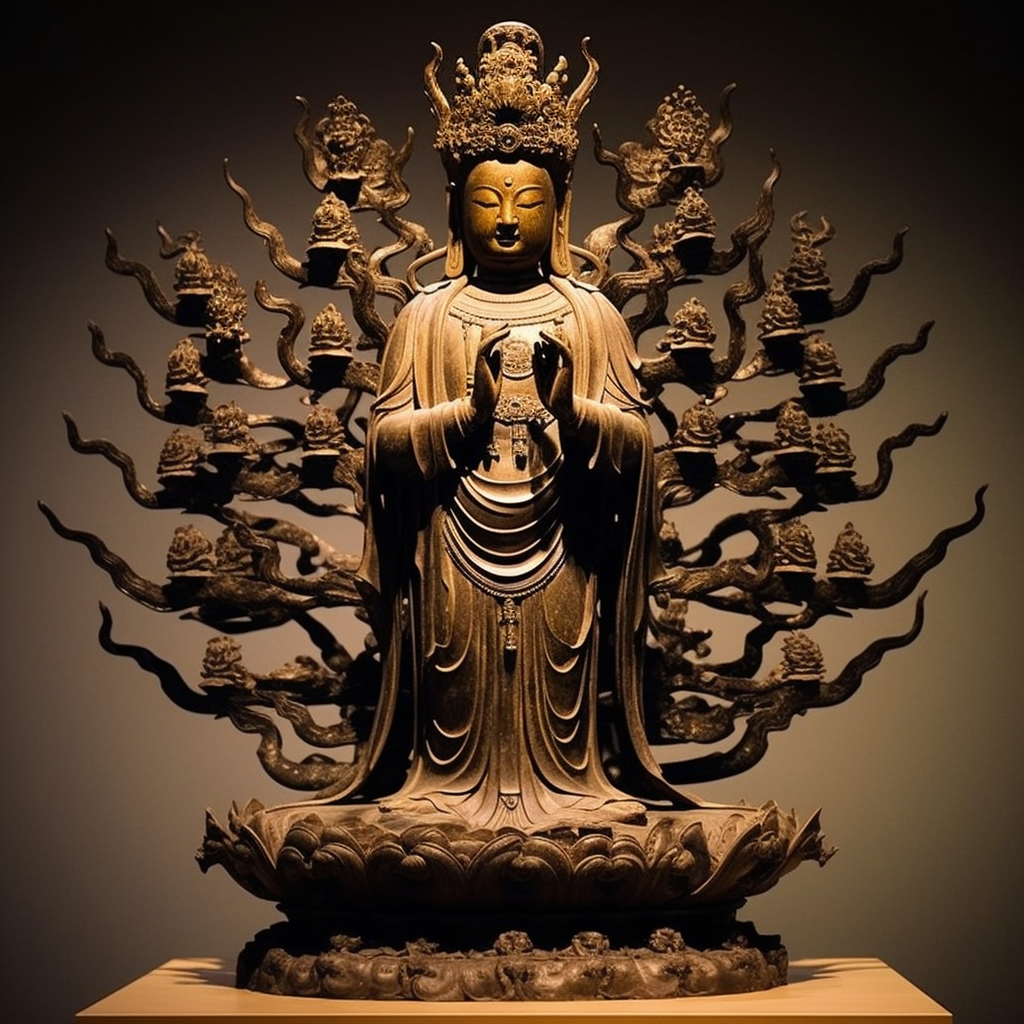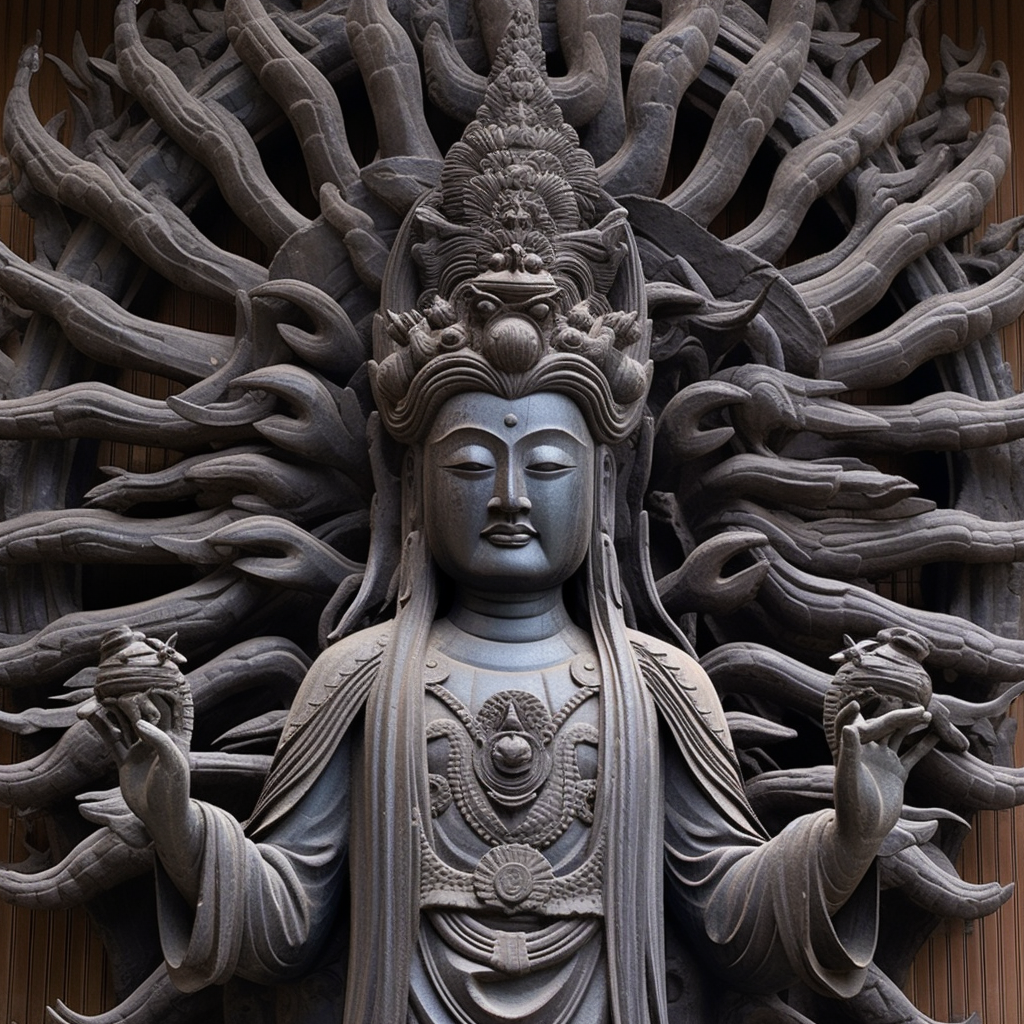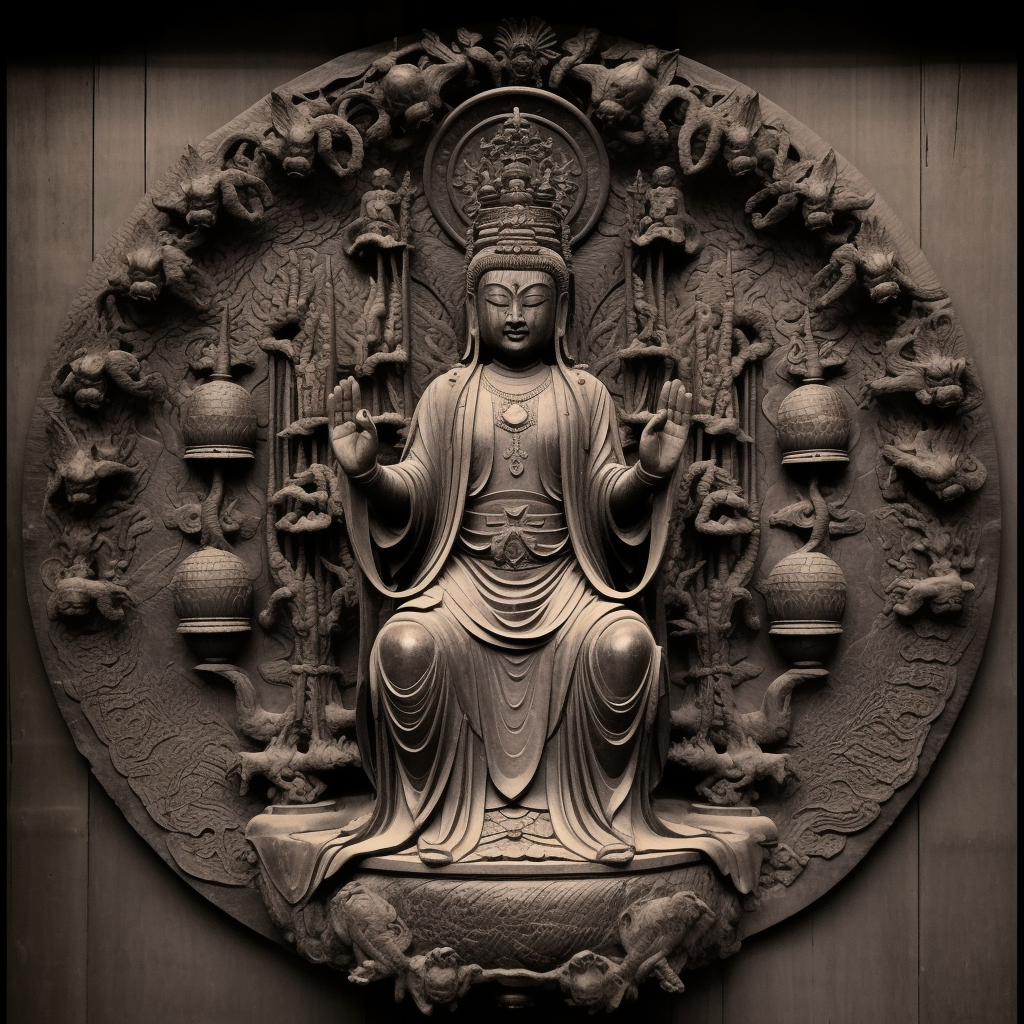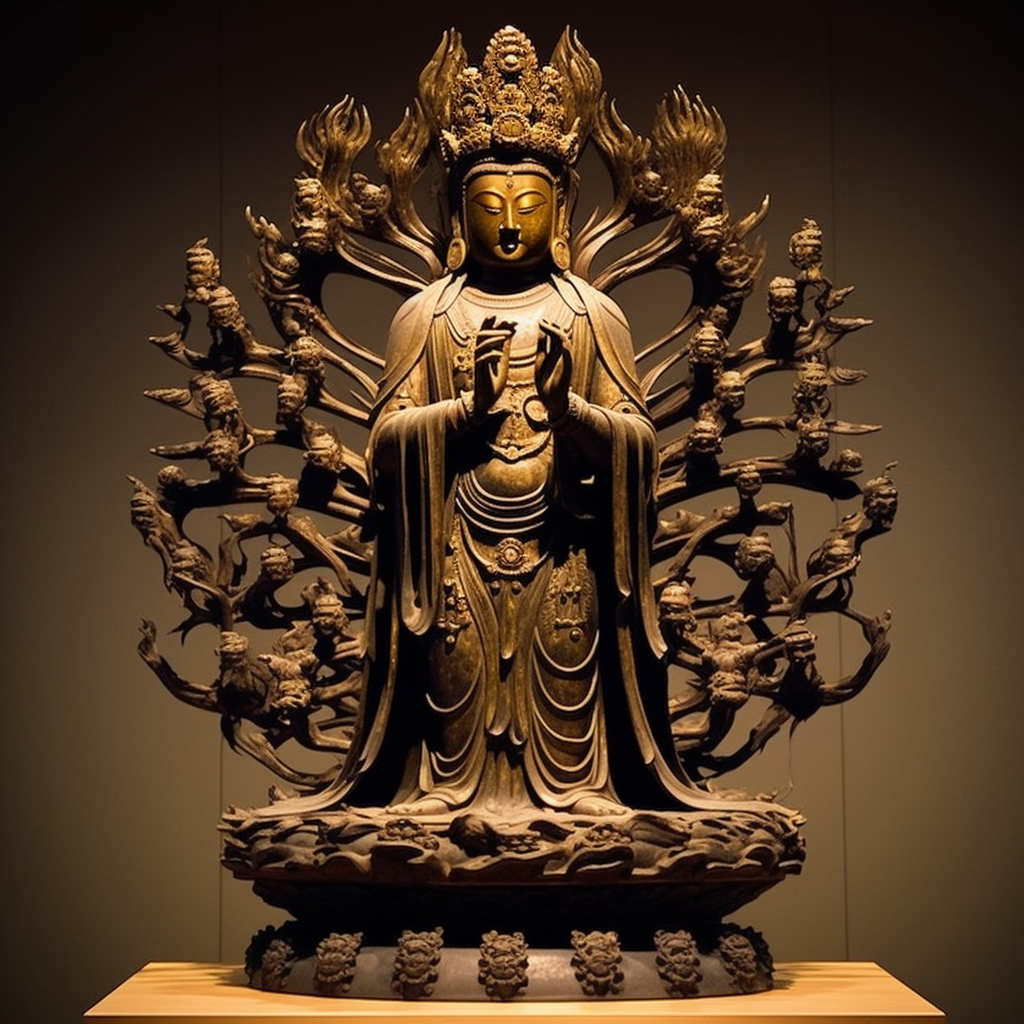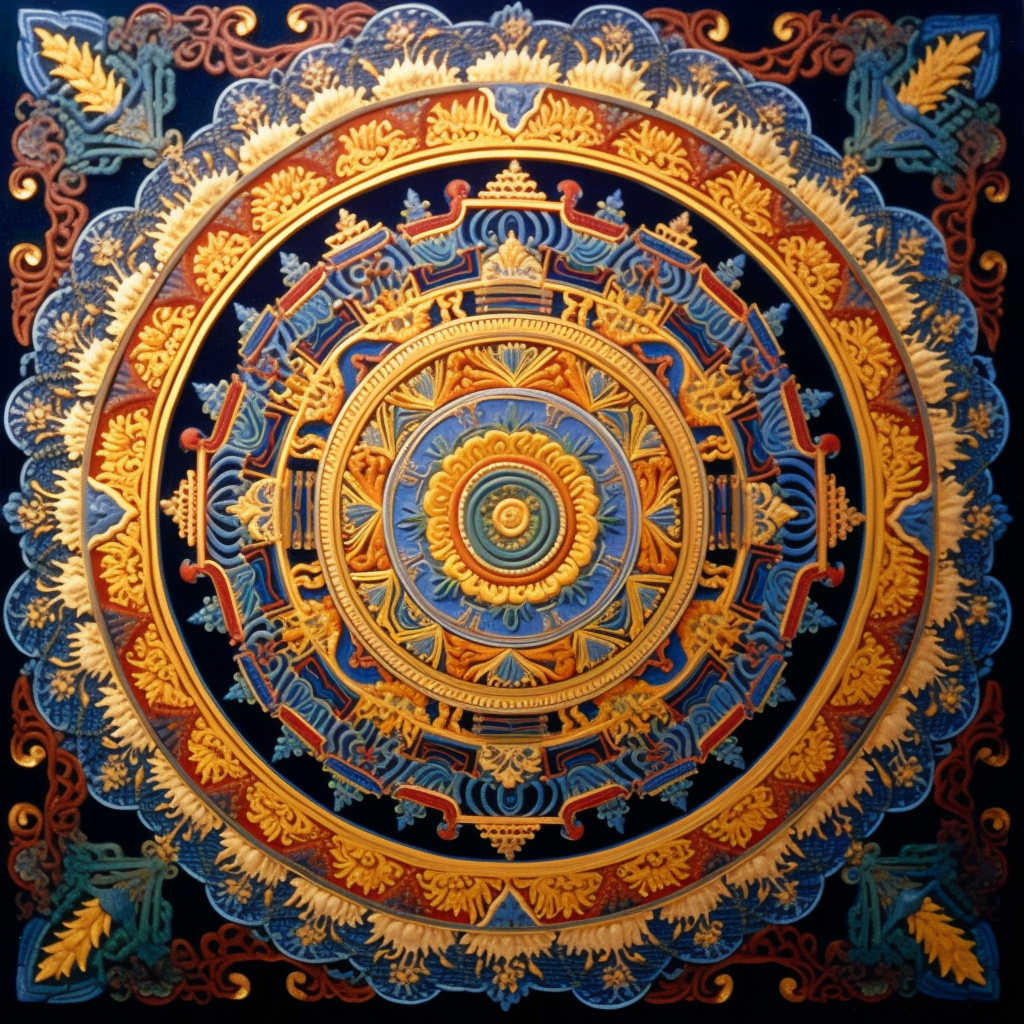Mandala is a form of religious art found in Buddhism and Hinduism, represented as geometric patterns or paintings. It is a symbolic representation of the cosmic structure and sacred realms, visually depicting the interconnectedness of various elements.
Mandala is primarily used in the practice of Buddhist Tantra and Vajrayana Buddhism. Through mandalas, practitioners are aided in their path towards enlightenment and awakening, as they contain depictions of multiple Buddhas, Bodhisattvas, and symbolic elements.
Tathagatagarbha, also known as the Garbhadhatu Mandala, represents the embryonic or womb realm in esoteric Buddhism. It holds significant importance within the mandala, serving as a symbolic journey for practitioners towards enlightenment.
Within the Tathagatagarbha, various figures and symbolic elements are depicted, each representing specific teachings or qualities. Practitioners aim to understand their relationship with these figures and elements within the Tathagatagarbha, as a means to comprehend their internal states and the essence of the universe, ultimately leading to awakening.
These concepts are deeply understood within the religious context of esoteric Buddhism. Due to the complexity of Tantric teachings, a more comprehensive knowledge and experiential practice are necessary to fully grasp these themes.

